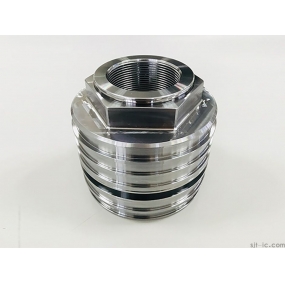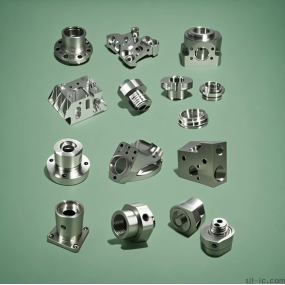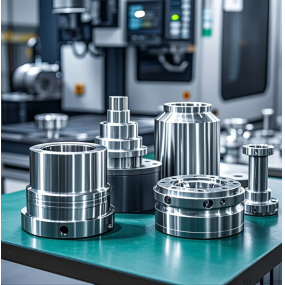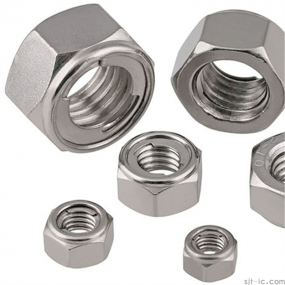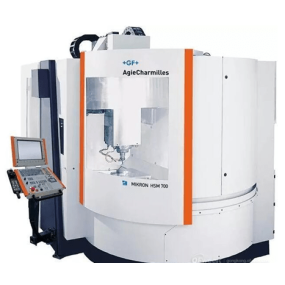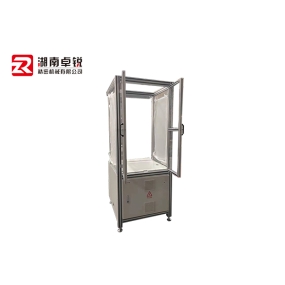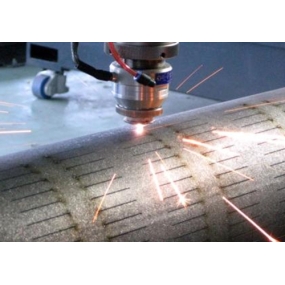What is the basic structure of an environmentally friendly cabinet? Let's all analyze it briefly together. We can commonly see the colors of safety and environmental standard cabinets as white, black, and gray. Cabinets are classified by material, including aluminum profile cabinets, cold-rolled steel cabinets, hot-rolled steel cabinets, etc. There are nine fold profile cabinets, sixteen fold cabinets, etc.
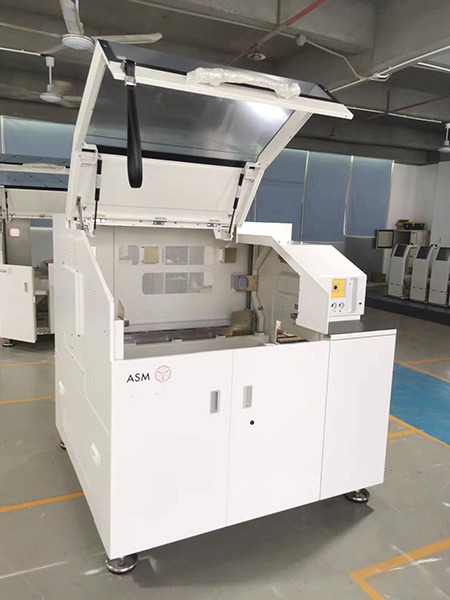
The stability of the cabinet is determined by the research on materials, coating materials, and processing production processes of steel plates. Generally, its length specifications are 600800 millimeters, width specifications are 600, 800, and 100 millimeters, and height specifications are 42U, 36U, and 24U. Early cabinet equipment was mostly made of castings or angle steel connected or welded into a cabinet system analysis framework through screws and rivets, and then covered with thin steel plates (doors). Cabinets are bulky, bulky, and rudimentary, and have been phased out. With the increasing use of transistors and integrated system circuits, as well as the ultra miniaturization of various information components, cabinet structures are also constantly developing towards miniaturization. The cabinet has evolved from an overall panel structure in the past to a series of boxes and plug-in structures of a certain size. The assembly, arrangement, and combination of plug-in boxes and plugins can be divided into two categories: horizontal and vertical arrangement. Cabinet materials can generally be used in conjunction with thin steel plates, various cross-sectional shapes of steel, aluminum profiles, and various information engineering plastics. The frame of the cabinet is connected not only by welding and screws, but also by adhesive technology.
According to the load-bearing capacity, material, and manufacturing process of environmentally friendly cabinet components, they can be divided into two basic structures: profiles and plates.
1. There are two types of profile environmental cabinets: steel profile cabinets and aluminum profile cabinets. The steel cabinet is composed of irregular seamless steel pipes that can be used as a column. This cabinet provides good rigidity and strength for heavy equipment. Aluminum cabinets composed of aluminum alloy profiles have certain rigidity and strength, and are suitable for general or lightweight equipment. This type of cabinet is lightweight, requires less processing, and has a beautiful appearance design, which has been widely researched and applied in society.
2. Thin plate structure cabinet: integral plate cabinet, with the side plate formed by bending a single steel plate. This cabinet has good rigidity and strength, suitable for heavy or general equipment. However, due to the fact that the side panels cannot be disassembled, assembly and maintenance management are inconvenient. The structure of bent plate and column cabinets is similar to that of steel cabinets, while columns are formed by bending steel plates. This type of cabinet has a certain degree of rigidity and strength in China. Environmentally friendly cabinets are also equipped with cabinet accessories as needed. The main accessories include fixed or telescopic motion rails, locking signal devices, hinges, wiring slots, wiring racks, shielding comb springs, etc.
What are the technical requirements for environmentally friendly cabinets? Let's all analyze it briefly together.
1. It has good technical performance. Cabinets should have performance such as vibration resistance, impact resistance, corrosion resistance, dust prevention, water resistance, and radiation resistance, so that we can ensure the social stability, safety, and reliable management of accounting work for production equipment information in Chinese enterprises.
2. The server cabinet should have good availability and security protection facilities, which are easy to operate, install, and maintain, ensuring the safety of operators.
3. Network equipment cabinets should be easy for enterprises to produce, assemble, debug, and package for transportation.
4. The server cabinet should meet the requirements of standardization, normalization, and serialization.
5. The cabinet has a beautiful, suitable, and color coordinated appearance.


 Spanish
Spanish Arabic
Arabic French
French Portuguese
Portuguese Belarusian
Belarusian Japanese
Japanese Russian
Russian Malay
Malay Icelandic
Icelandic Bulgarian
Bulgarian Azerbaijani
Azerbaijani Estonian
Estonian Irish
Irish Polish
Polish Persian
Persian Boolean
Boolean Danish
Danish German
German Filipino
Filipino Finnish
Finnish Korean
Korean Dutch
Dutch Galician
Galician Catalan
Catalan Czech
Czech Croatian
Croatian Latin
Latin Latvian
Latvian Romanian
Romanian Maltese
Maltese Macedonian
Macedonian Norwegian
Norwegian Swedish
Swedish Serbian
Serbian Slovak
Slovak Slovenian
Slovenian Swahili
Swahili Thai
Thai Turkish
Turkish Welsh
Welsh Urdu
Urdu Ukrainian
Ukrainian Greek
Greek Hungarian
Hungarian Italian
Italian Yiddish
Yiddish Indonesian
Indonesian Vietnamese
Vietnamese Haitian Creole
Haitian Creole Spanish Basque
Spanish Basque

